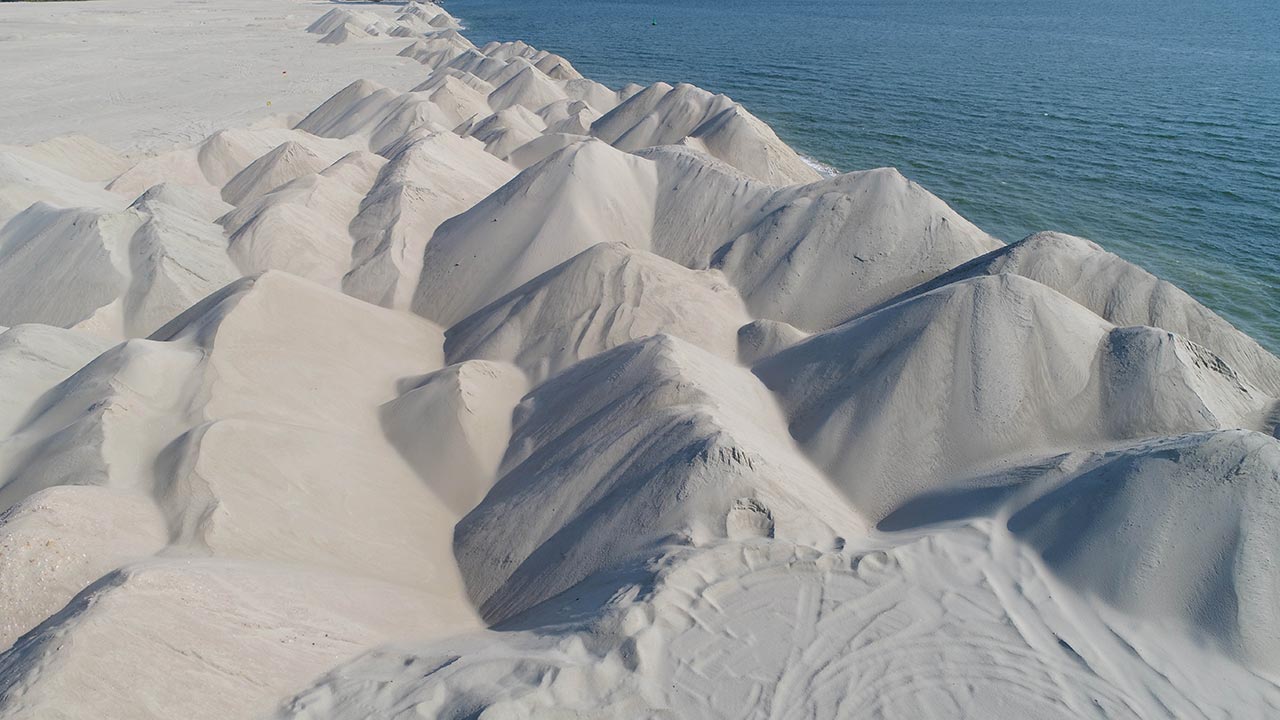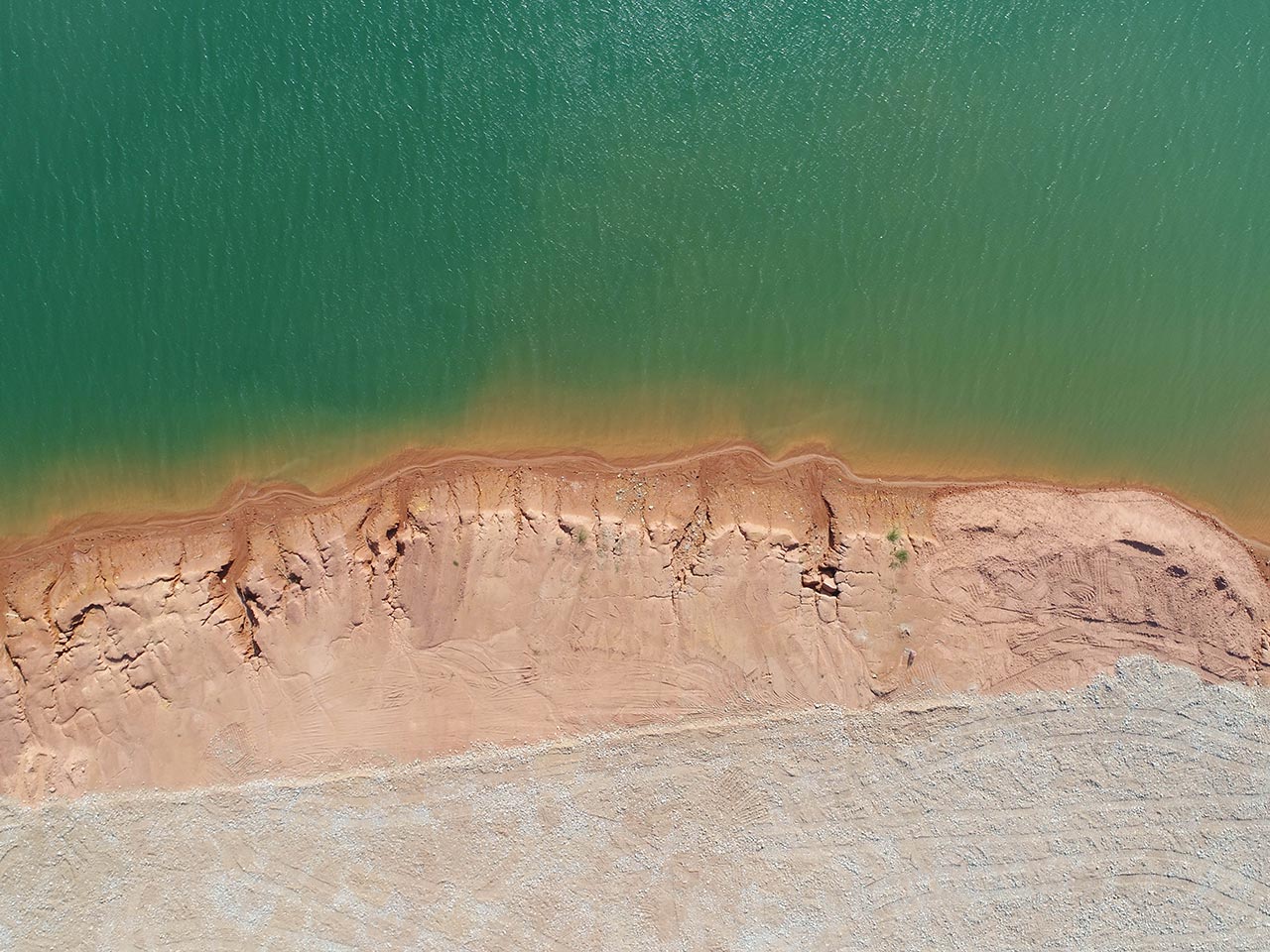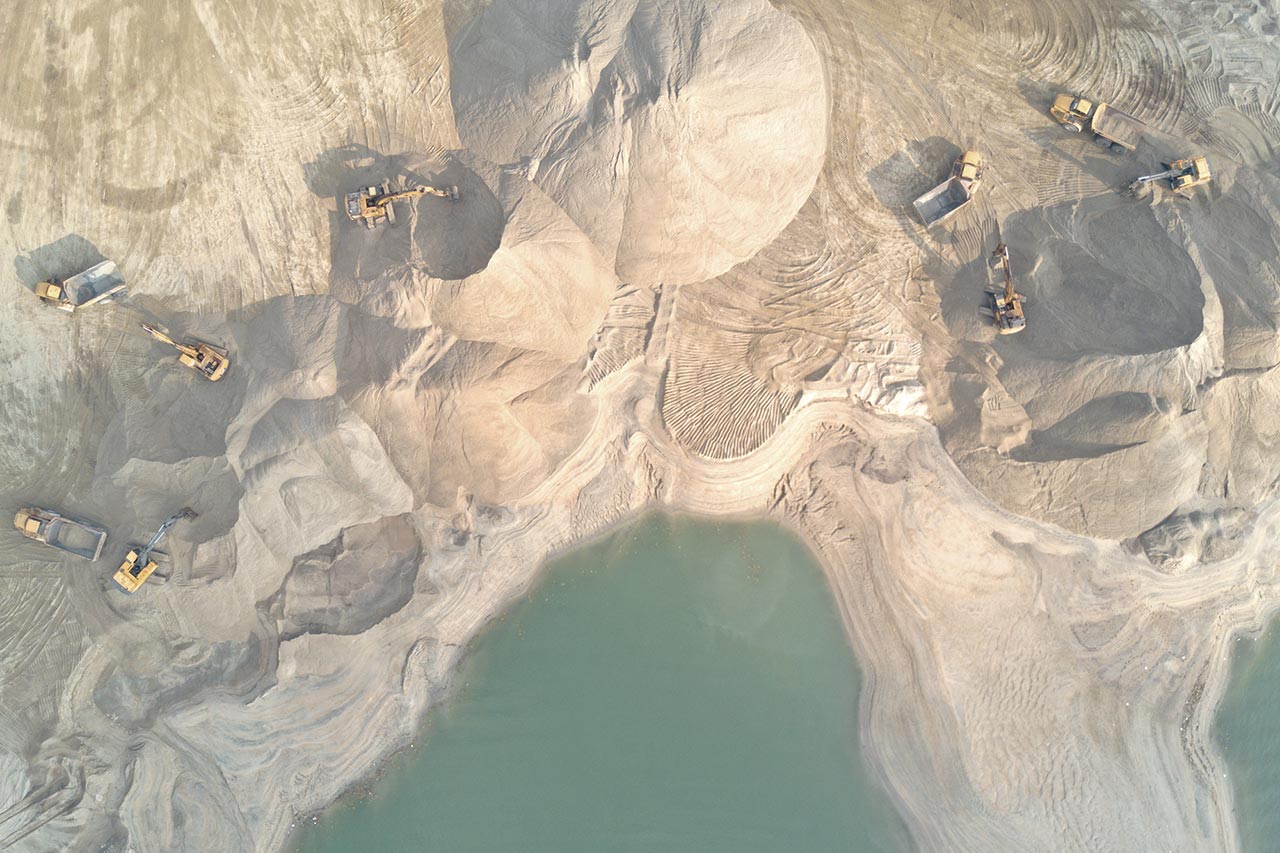In March this year, Singapore-born Rachel Heng published her sophomore novel, The Great Reclamation, which has been named one of the best books of the year so far by The New Yorker and Town and Country Magazine. The Great Reclamation traces the construction of Singapore as a nation through the eyes of a boy from a fishing village, whose life is intertwined with a series of islands that mysteriously appear in the sea.
The 35-year-old received a Master of Fine Arts in fiction and screenwriting at the Michener Center For Writers at the University of Texas in Austin, and wrote her debut novel, Suicide Club, in 2018. She is now an assistant professor of English at Wesleyan University in Connecticut, and is presently working on a novel set in late 19th-century Singapore.
How does The Great Reclamation deal with the changing landscape of Singapore?
The book starts in 1940 and spans the 20 years before Singapore gains independence from the British. We meet the characters, Ah Boon and Siok Mei, as children in a fishing village, then follow their lives for the next 20 years as their village is affected by land reclamation projects and their community has to navigate that change.
It was quite a terrifying thing for a child to hear that the solid ground beneath their feet was once water.
There is a disorienting feeling when a landscape changes around you, a landscape you might have thought of as permanent, reliable and stable. I went to Ngee Ann Primary School, which is on reclaimed land. When I was in Primary One, my teacher said: “Where we are right now, this used to be the sea.” That was the first time I heard of land reclamation. It was quite a terrifying thing for a child to hear that the solid ground beneath their feet was once water.
The seed of the novel for me was hearing stories from my grandparents’ generation and my mother of places that they used to know and no longer exist, and seeing the rate at which the landscape has morphed in my own life. When I moved away from Singapore to study, I would come back every few years and see new buildings come up. Marina Bay Sands wasn’t there when I left. We as Singaporeans take this rate of change as a matter of fact. It was only when I looked at other places in the world that I realised this is a fairly unusual way to live, to have all these physical markers of memory, childhood and the past changing so rapidly.
In Singapore, we’re taught to prize economic success above all, and that rebuilding and changing is a necessary evil to keep surviving in this world. What I try to capture in the novel is that this is a complex issue — it is not that the land is being destroyed by evil corporations to build massive bungalows for the rich, it is being cleared for public housing, schools, transportation. These things are being done for the people. But Singapore is one of the richest countries in the world. At what point do we ask, “Do we have enough?”

What made you decide to write a novel about land reclamation?
This story has always been in the back of my head, but I have been thinking about climate change a lot in the past 10 years. I have been going to East Coast Park, which is on reclaimed land, since I was a child, and every time I went back, I would see that the beach was receding. I thought I was imagining it, but then I interviewed some of the hawkers at East Coast Lagoon Food Village, and they confirmed that the beach used to be further out.
Back then I knew I wanted to write a historical novel that was about nation formation, how modern Singapore came to be. Thinking about the sand receding, it felt ironic. So much effort had gone into making this, surmounting the limitations of physical reality, only to be faced with the powerful force of climate change and rising sea levels.
It’s very difficult to write about something when it’s all around you — it’s too close to see it clearly, like the water that you swim in.
As a writer, you move around the world. How do you write about Singapore from a distance?
I was in graduate school in Austin, Texas, when I was writing this novel, and every time I came back on vacation, I would visit places that felt important to the book. I would meet with historians and geographers at the local universities, and buy history books here that I could not access abroad. I travelled out to the Chek Jawa wetlands to see what an unspoiled coastline might look like in Singapore. I read this information sign there that said that there used to be so much seagrass that dugongs would regularly come to graze. It was unthinkable for me, a Singapore that had wildlife in the sea like that.
I don’t know if I could have become a writer in Singapore. It’s very difficult to write about something when it’s all around you — it’s too close to see it clearly, like the water that you swim in. But almost everything I write is about Singapore. I don’t know if I’ll ever write about anything else.
Where do you see your novel in the tradition of Singaporean literature?
Singapore has an amazing breadth of historical fiction. I think historical fiction is so compelling for Singaporean writers because of the pace of change. For writers or artists, there is a natural inclination to interrogate this. Among the inspirations for my book are Jeremy Tiang’s novel State Of Emergency (2017) and the works of Yeng Pway Ngon and Isa Kamari, all books that deal with how we became a country. Isa especially deals with dislocation and the displacement of people. In terms of visual art, I love the Sea State series by Charles Lim Yi Yong and Sim Chi Yin’s Shifting Sands photo series. I see myself as part of Singapore’s historical fiction tradition, but also this wider tradition of thinking about space, how people make it, and the way we constantly remake our present.

This year, we’ve had your book, Kyla Zhao’s The Fraud Squad and Balli Kaur Jaswal’s Now You See Us, which is about foreign domestic workers. Are these books pushing back against this perception of Singapore as a Crazy Rich Asians island by highlighting other aspects of its society or history for an international readership?
I don’t think any of us are pushing back against it, it’s just that none of us know that world. We are simply representing reality as we know it. The people who I choose to represent in my book are people like my grandmother, who was illiterate and very poor. My grandfather collected scrap metal and he died while doing this because he activated a landmine by accident. My grandmother had to raise eight children on her own by washing laundry; they had to share houses with other families and didn’t have running water, but she was very strong and ambitious despite her lack of education or opportunities. That’s the old Singapore I would hear about — it’s a very different world from that of the super rich.
Things that my generation might have taken for granted must have seemed incredible back then. I wanted to capture that feeling of reality being almost magical.
There is an element of fantasy to your novel, even though it is not explicitly speculative fiction. Why is that?
Reality feels speculative to me in Singapore. There are many things about modern life here that feel surreal even today, but back then, seeing all these changes happen so fast must have been like magic.
There are all these amazing pictures from the Urban Redevelopment Authority in the National Archives where you can see the first flats in the 1960s, and it looks like something out of a science fiction movie. My mother told me about how, when she was young, whenever a neighbour applied successfully for a flat, it would be this really exciting thing. The whole neighbourhood would go see the flat and turn on the lights and the water. My grandmother’s generation would have the fridge in the living room — they were really proud of their fridges because they had never before had this magical device that could keep food cold for long periods of time.
Things that my generation might have taken for granted must have seemed incredible back then. I wanted to capture that feeling of reality being almost magical. Except for the islands, which really are magic — I wanted them to be a mystery outside of human control, unlike magic that was created through technology and the intentional desire to make something out of nothing.

What do you hope this novel will do for the understanding of place in Singapore, both locally and internationally?
I hope that locally, it acknowledges the reality that exists in so many people’s memories, recreates something that was lost and pays respect to it. Overseas, I hope that it will provide some kind of balanced understanding, not just of the so-called economic miracle that Singapore was, but also what it cost for that to happen.
This interview has been edited for length and clarity.
The post Novelist Rachel Heng on finding a place in Singapore’s changing landscape appeared first on SilverKris.
from SilverKris
No comments:
Post a Comment